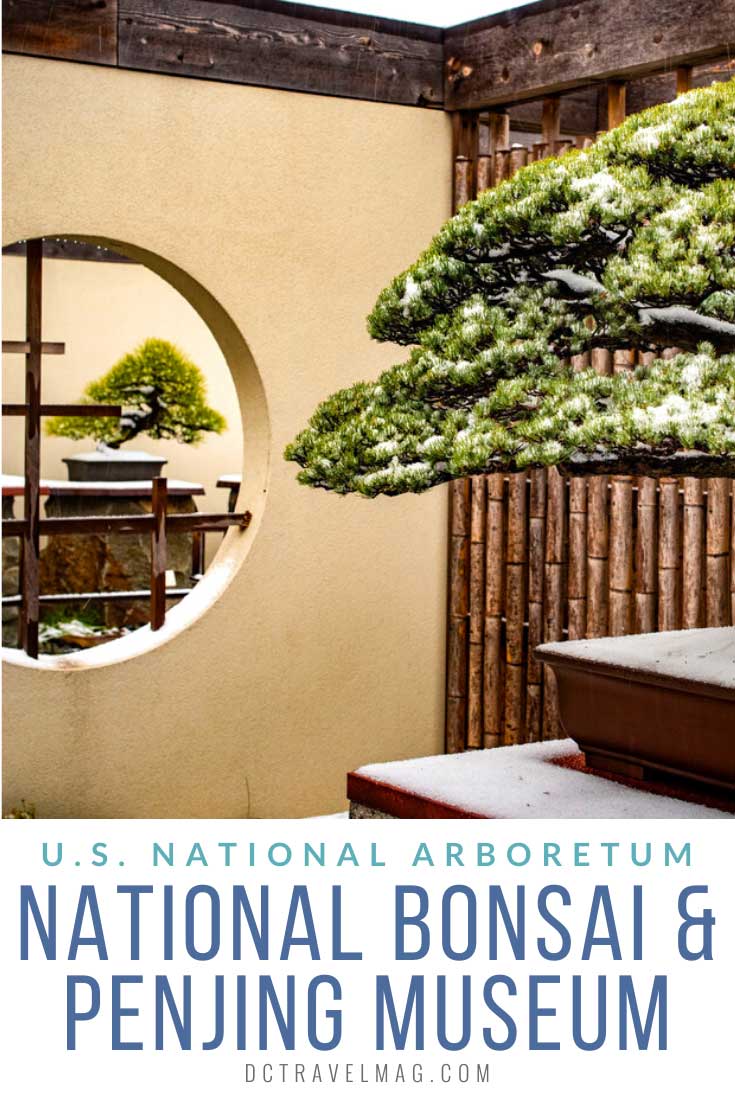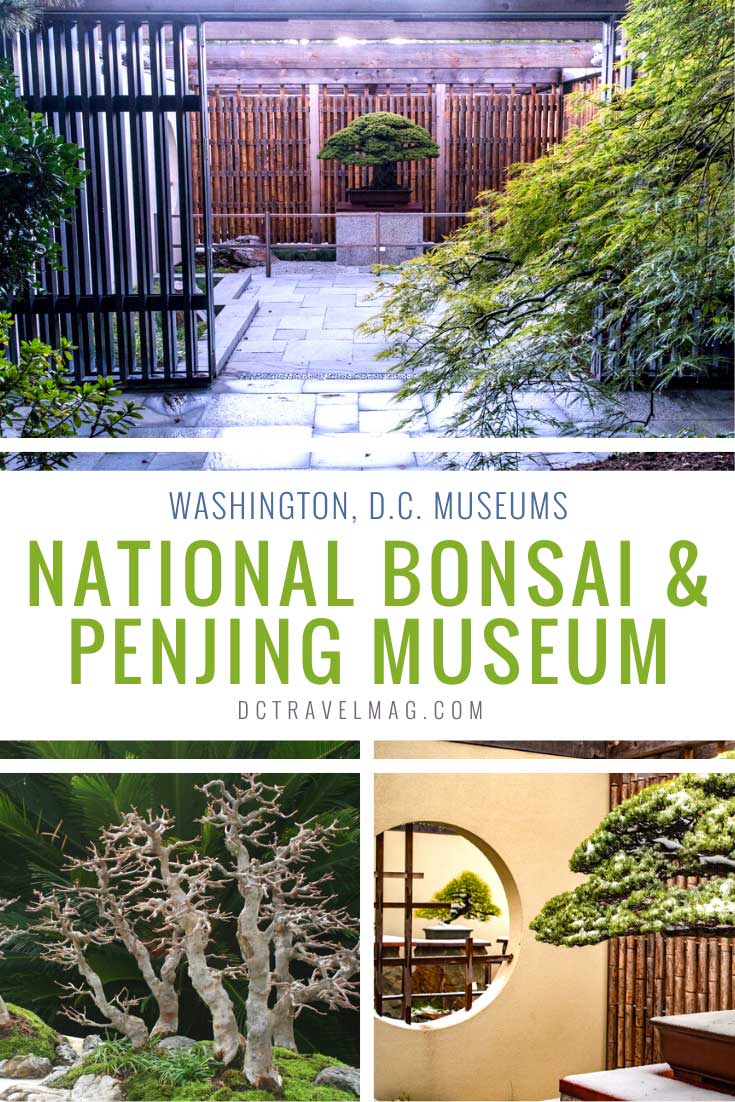Japanese white pine, azaleas and more come together in the National Bonsai Foundation’s largest and most notable collection of bonsai and penjing in North America. When you visit, you will discover the art of bonsai and penjing trees that have been crafted for centuries.
And it all started as a gift of 53 bonsai trees from Japan for the United States Bicentennial in 1976.
In our effort to highlight all of the best museums in Washington, D.C, we spoke with Scott Aker, Head of Horticulture and Education at the National Bonsai & Penjing Museum, U.S. National Arboretum, to share what makes this museum special, why you should visit, and what you need to know before you go.

Where is the National Bonsai & Penjing Museum located?
Location: National Bonsai & Penjing Museum at the U.S. National Arboretum, 3501 New York Avenue, NE, Washington, DC 20002
What topics does the museum cover?
Bonsai, penjing and related art forms.
Quick History of the National Bonsai & Penjing Museum
After receiving bonsai from Japan in 1976, Potomac Bonsai Association volunteer Janet Lanman, Dr. John Creech (director of the U.S. National Arboretum) and bonsai teacher Marion Gyllensan sought to procure American bonsai trees. They went on to form the National Bonsai Foundation.
In 1990, the American Bonsai Pavilion was built to compliment the Japanese Pavilion in the National Arboretum. The John Y. Naka North American Pavilion continues to display the foundation’s North American bonsai collection.
What is your museum’s claim to fame?
We have the largest and most notable collection of bonsai and penjing in North America, including pieces such as the 400 year old Yamaki Pine, which survived the bombing of Hiroshima.
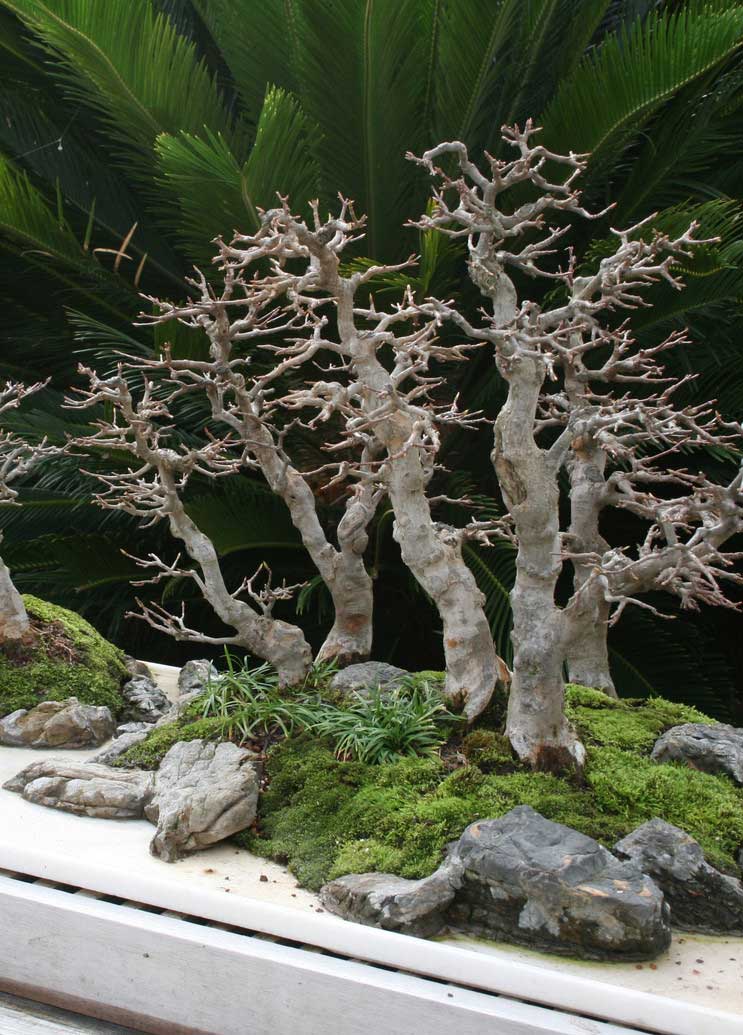
What is your favorite exhibit or artifact in the museum?
I like the Winter Silhouettes exhibit. The branch structure of the deciduous bonsai in winter is stunning and the care taken in creating an ancient look in these small trees is amazing.
What kinds of special exhibits and events do you host throughout the year?
Aside from the aforementioned Winter Silhouettes exhibit, we have an exhibit of satsuki azalea bonsai in late May, a fall foliage bonsai exhibit, and at least one ikebana flower arrangement exhibit. We often have viewing stone exhibits also.
Are there guided tours available?
Guided tours are being retooled but will be available beginning autumn 2020. The tours will be available for purchase via Active, the software we use for registrations. Purchasers may choose a tour from the time slots available.
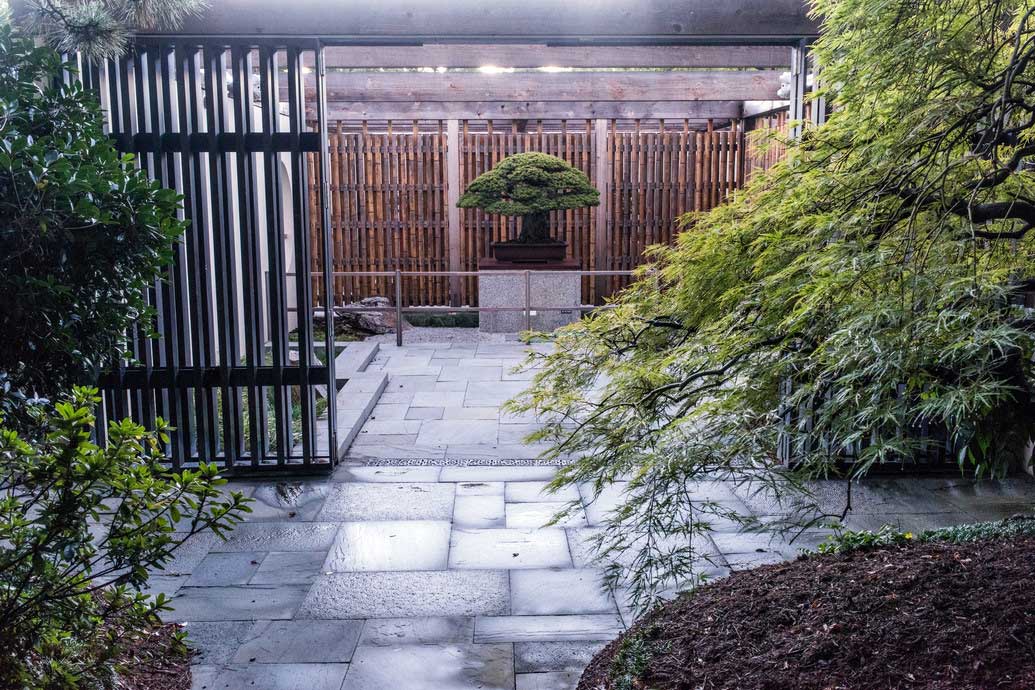
How much time should someone plan to spend at the museum?
We recommend you spend at least an hour at the National Bonsai & Penjing Museum at the U.S. National Arboretum. Two hours is better if you really want to get the full benefit of the relaxation and calm the trees create.
What should someone bring with them and what items are not allowed in the museum?
It’s a good idea to bring a sun shade or wear a hat in hot summer weather and bring drinking water.
- Food and beverages other than water are not allowed.
- Pets are not allowed.
- Children under 16 must be accompanied by an adult.
Is photography allowed inside (without flash)?
Yes; a permit is needed for commercial photography.
What should parents of young children know before visiting the museum?
There is a pamphlet of activities and information for kids in the Exhibits Galley. From time to time, we offer bonsai classes for children and their adult guardian too.

What’s the coolest item for sale in the gift shop?
We do not currently have a gift shop.
Is there a museum cafe or restaurant?
Although there is no restaurant on site, there are vending machines. On peak season weekends, there is often a food truck on site.
What should teachers planning a field trip know before reaching out to you?
Check out resources for teachers and camp directors at usna.usda.gov/visit/teachers.

What else should a visitor know before visiting?
Bonsai and penjing are rotated twice weekly to ensure that growth does not bend in one direction toward the sun. The back of each specimen is visible during the week and the front is visible weekends.
What are your normal days and hours of operation?
We are open Daily, 10:00 am to 4:00 pm; closed all federal holidays from Veteran’s Day through President’s Day.
The grounds of the U.S. National Arboretum are open 8:00 am to 5:00 pm daily except for Christmas Day.
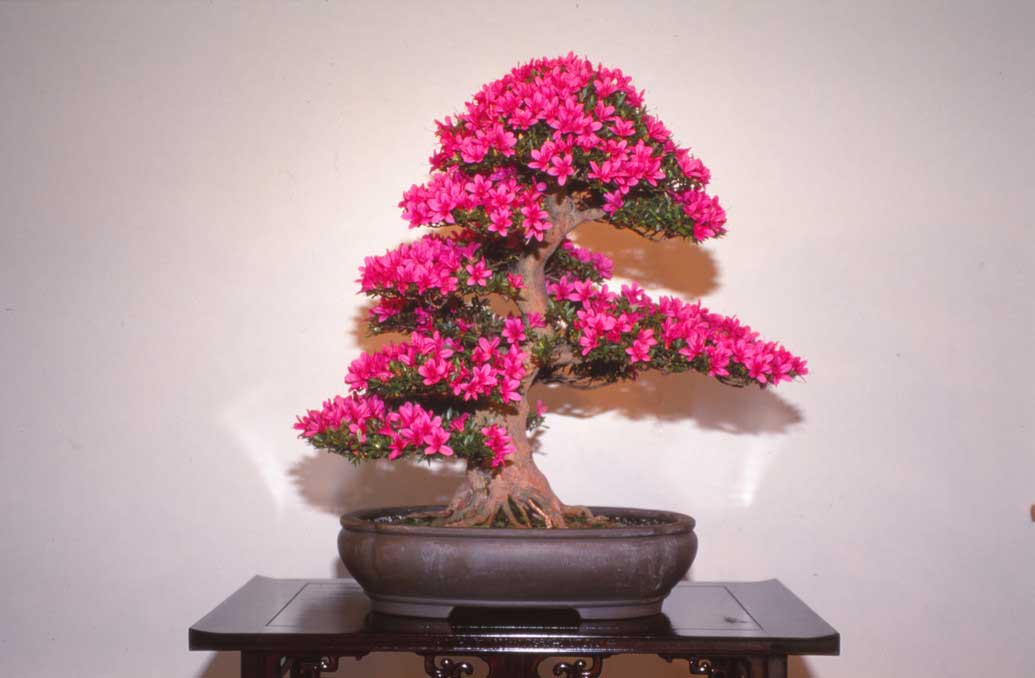
Is the museum accessible?
The Japanese Pavilion, Exhibits Gallery and the Chinese Pavilion are accessible. The North American Pavilion is not currently accessible.
Does the museum have a bag check or coat room?
No.
Is there parking available?
Yes. Free parking is available inside the gate at the end of R Street in Washington, D.C.
Is there an admission fee?
There is no admission fee to the National Bonsai & Penjing Museum or the U.S. National Arboretum.
Love it? Pin it for later!
